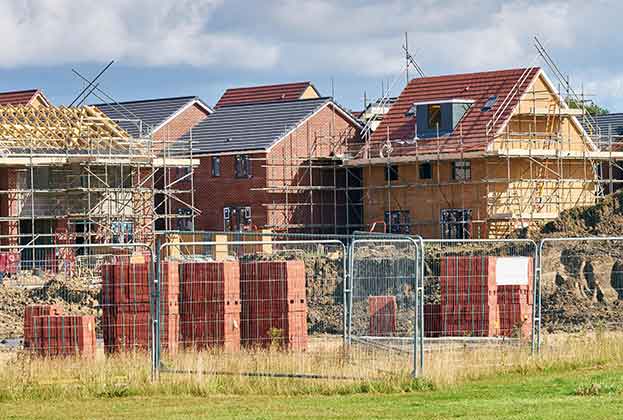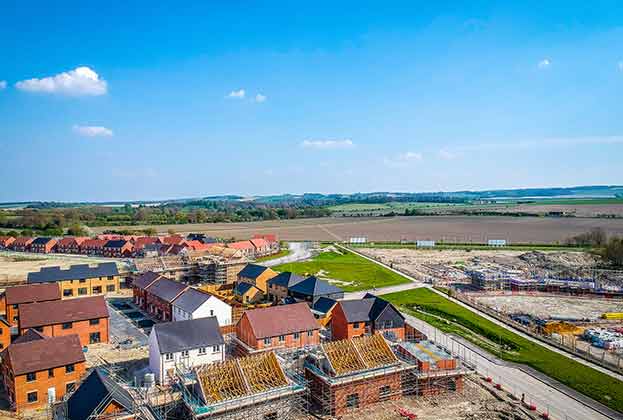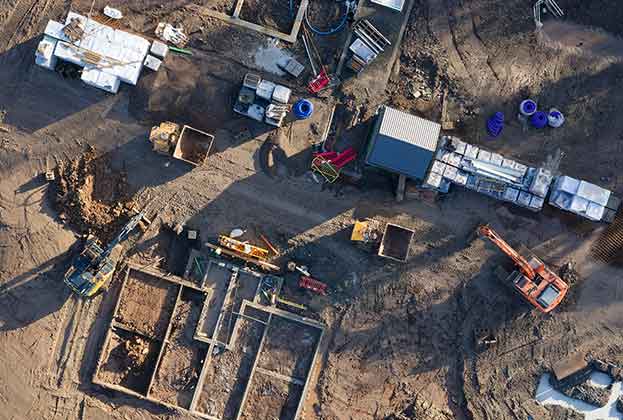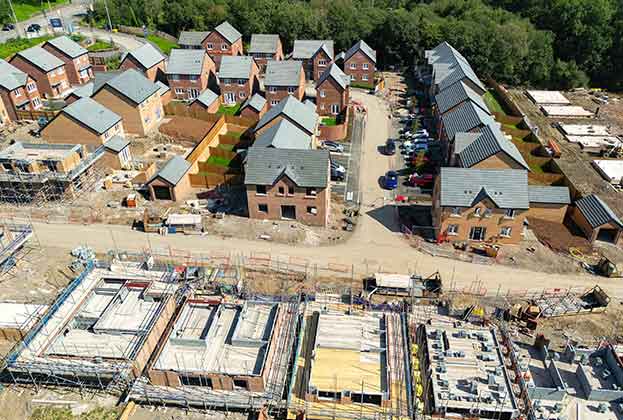The recently published Tall Buildings: Historic England Advice Note 4 (HEAN 4) is updated guidance in relation to the development of tall buildings in a heritage setting and is the finalised version of a consultation draft published in March 2020.
This latest guidance is a response to the increased demand for tall buildings within the urban built environment in England, often seen as an answer to the housing crisis and as a sustainable development approach to brownfield sites in city centres.
A key consideration when planning for and designing a tall building is its potential impact on surrounding views, as well as on the setting of heritage assets in the vicinity. This requirement is enshrined in both the National Planning Policy Framework (NPPF), Planning Practice Guidance (PPG) and often in regional and local planning policy too, with Historic England’s HEAN 4 helpfully providing case studies of effective local policy.
Overall, HEAN 4 is positive about the impact that appropriately located tall buildings can have, stating that ‘In the right locations tall buildings can support major change or regeneration while positively influencing place-shaping and conserving the historic environment'.
The importance of a plan-led approach by the local authority, based on a robust evidence base and in consultation with developers and other stakeholders, is therefore a key principle of the new guidance.
This plan-led approach relates to both identifying suitable locations for tall buildings and to the definition of a tall building itself, which should be informed by local character and the surrounding context, and may involve the application of a minimum height threshold.
Policy D9 of the London Plan 2021 is a recent example of the approach, and is identified as an effective strategy by Historic England in its advice note. Within London this has seen emphasis shift from the Greater London Authority (GLA) to the Local Planning Authority (LPA), in terms of identifying and supporting suitable sites.
Another major consideration highlighted in HEAN 4 is the particular need for high quality design. A vital aspect of this is an understanding of and appropriate response to the local context, including its historic character and heritage significance. An interesting corollary to this raised by Historic England is that not all tall buildings need to be landmarks, and that ‘a restrained architectural response [may be] more appropriate in terms of the likely impact on the historic environment'.
This approach acknowledges that while creating an urban marker may be a factor in the location of a tall building, it is not always an appropriate contextual response or good design practice for tall buildings to be conceived as landmarks.
Support for clusters of tall development can also be found within the advice note, which states that 'Strategically planning for tall buildings in clusters can bring townscape benefits while avoiding or reducing the potential impacts upon the historic environment'.
This is an approach taken by various LPAs, whereby suitable tall building zones are identified and clusters developed within them. Both this and the landmark issue relate back to the central theme of HEAN 4: a plan-led approach is the most effective way to successfully deliver tall buildings which are both contextual and make a positive contribution to the historic environment.
It’s indicative of a wider policy shift towards this approach being best practice, and means that seeking heritage and townscape advice as early as possible in the development of a tall building scheme is ever more crucial for eventual success.
Further information
Contact Alice Jones or Sylvia Synodinou




.jpg)


.jpg)

.jpg)
